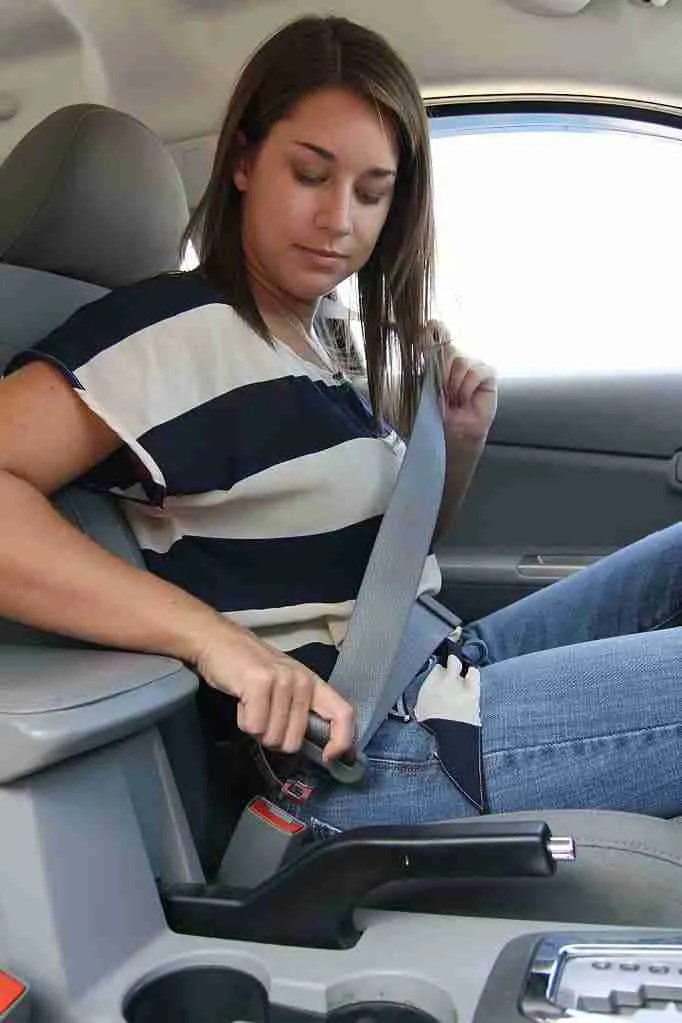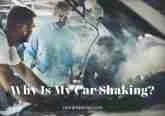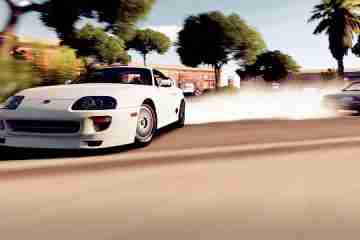How to fix a stuck seatbelt – Easier than you think

Have you ever been in a car ready to get out and suddenly you find that you are stuck? Pulling and pulling on your seatbelt only seems to make this frustrating situation worse. What happens when you can’t even pull the belt that far or it won’t go back to it’s original position? What do you do? This article will address the causes and solutions to this problem.
What causes a stuck seatbelt?
- Over-extending the belt can jam the retractor and cause the belt to stay out.
- The belt has a tear and it catches on the retractor preventing movement.
- There is an object inside the hardware or mechanism preventing proper retraction, this often happens in the back seat.
- The belt becomes twisted and tangles.
- The fabric of the belt has become dirty and needs to be cleaned.
- A malfunction of a part has caused complete and total failure.
How to troubleshoot.
In the following sections you will find steps to identify the reason your seat belt is stuck. As well as steps to fix the issue. As with any mechanical folly, please be mindful of your safety. Let’s dive in!
Is it Auto locked?
- Ensure the belt is unbuckled from the cartridge before starting.
- Pull on the belt gently to attempt to release it. It is best to place on hand on the seat back for stability and leverage. Using your dominant hand on the belt, tug the belt firmly but gently.
- If it releases, carefully help the seat belt to roll back into the correct position. If the seat belt is still stuck, proceed to the next section.
Is it jammed?
- Identify location of the jam. What part isn’t moving correctly?t
- Identify if the jam is easy to access or deep in the mechanism.
If it is an easy jam.
- Assess the situation.
- Locate the jam.
- If the belt is simply twisted, try to maneuver the belt back into the correct position.
- If the belt is tangled in something, attempt to untangle it by gently moving the belt around.
- If the belt is dirty, use warm water and soap to scrub clean the material.
If it is deeper in the mechanism, follow these steps.
 Firstly, you will need tools and a basic understanding of car repairs. You will need to acquire a flat-head screwdriver, needle nose pliers, safety gloves and a small flashlight.
Firstly, you will need tools and a basic understanding of car repairs. You will need to acquire a flat-head screwdriver, needle nose pliers, safety gloves and a small flashlight.
- Access the mechanism by removing the cover. The cover is the plastic piece attached to the seat that the belt protrudes from.
- Using the flat-head screwdriver gently work around the plastic piece to pry it away from the seat. Use multiple spots to apply the gentle pressure to ensure you do not break the cover.
- Once the cover has been safely removed, use the flashlight to illuminate the opening. Once you can see clearly, being work. If you need to do so have a helper hold the flashlight.
- If you see an object lodged in the mechanism, use the needle nose pliers to safely remove it. Do not put your fingers into the mechanism as it can hurt you even with the gloves.
- Pull the seat belt as far as you can get it to go using a firm but gentle hand. Make sure to pull slow and steady.
- Check the belt for twists and reset accordingly. It may take a few minutes to do so.
- If the jam has been cleared, slowly allow the seat belt to retract into its resting position.
- Replace the plastic mechanism cover with firm pressure, allowing it to snap back into place. Make sure to properly install the cover so as to keep your seat belt in working order.
What to do nothing works?
If you have tried to troubleshoot and cannot figure out the solution, safest thing to do is to take your vehicle to a mechanic. For certain cars the dealership may be the best location if you still have warranty on the vehicle. There may be a serious safety issue and you possibly will need to have a part replaced. Often this is a simple repair but to ere on the side of caution have a back up transportation should you need to leave your vehicle long term.
Terms
If you are confused by the terms used please read this section to help your understanding of this article. It is perfectly okay to not know everything when you begin.
- Retractor- Part of the seat belt that allows it to move in and out of the seat.
- Belt- The part of the contraption made of fabric that rests across a person.
- Buckle- the metal piece attached to the belt that you insert into the cartridge
- Cartridge- The connector piece that rests on the base of the seat. This part works with the buckle to secure the belt in place.
- Mechanism-The parts that move together to allow the seat belt to work appropriately.
- Hardware- the metal or plastic parts that make up the mechanism.
- Cover- The plastic piece that rests inside the seat that hides the mechanism. The belt protrudes from the cover.
- Flat-head screwdriver- A tool with a thin metal rod with a plastic handle on one end and a flattened part on the other. Often used as a lever or for flat head screws.
- Needle nose pliers- A type of plier used to get into tight spaces, made of metal.
- Safety gloves- Thick material coverings for hands to prevent injury when working.
- Auto-locked- A function in a seat belt that keeps passengers safe by locking the belt so as to prevent the person from moving far in the event of a vehicular accident.
If you feel confident in your abilities to troubleshoot, identify and fix the seat belt then this article is for you. When working on any machine please keep these safety tips in mind.
- Always keep long hair tied back.
- Stay aware of moving parts
- Read all instructions prior to using a tool.
- Ensure to properly illuminate your work space.
That sums up how to properly troubleshoot and fix a seatbelt for most automobiles. Having a functioning and trustworthy seatbelt is a necessity so in the event of a car crash the damage is limited. Remember, health always comes first.













No Comment